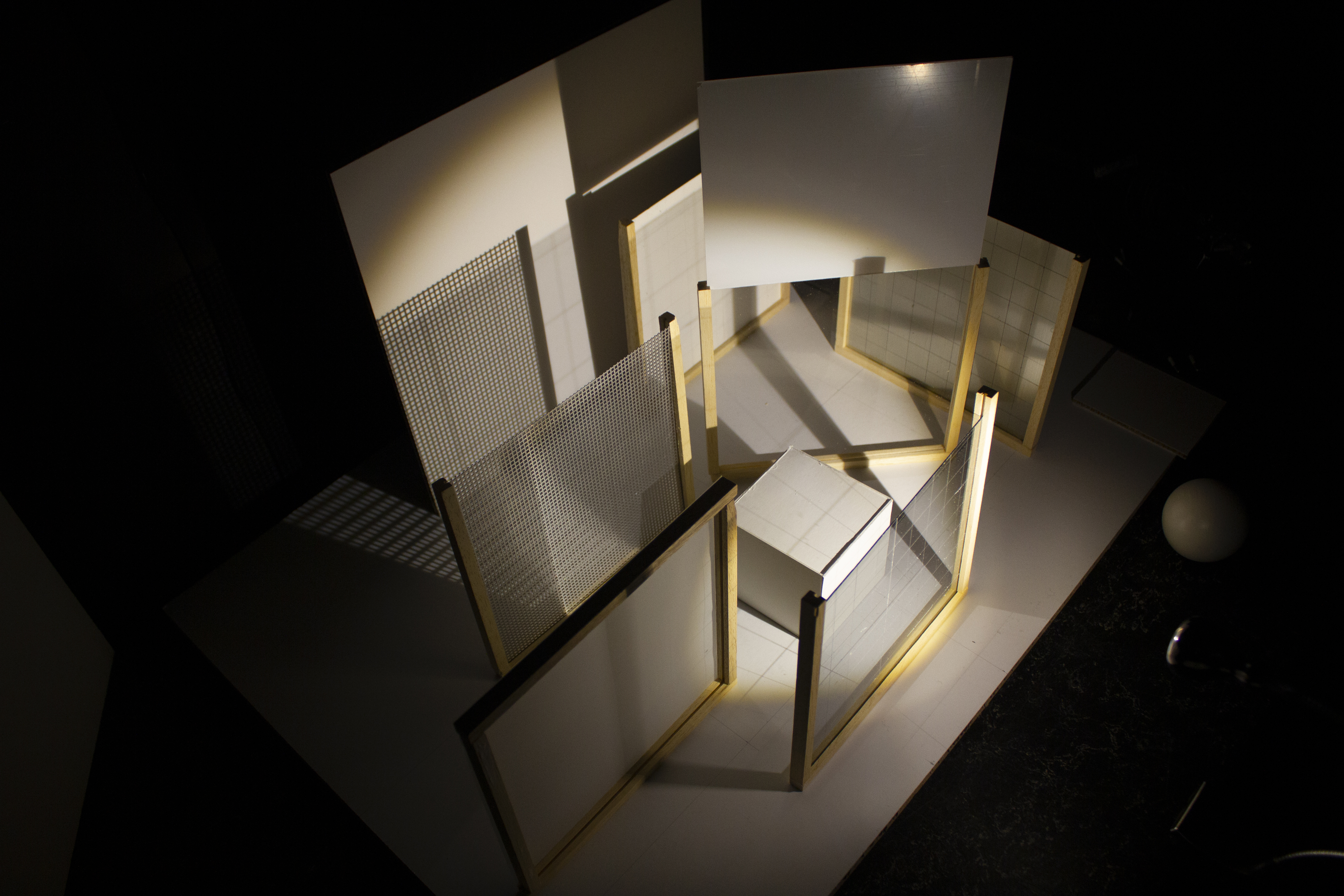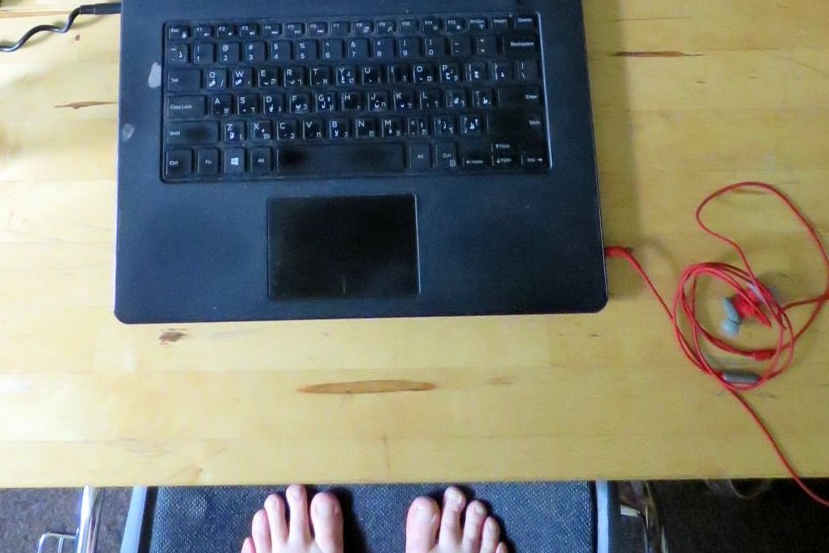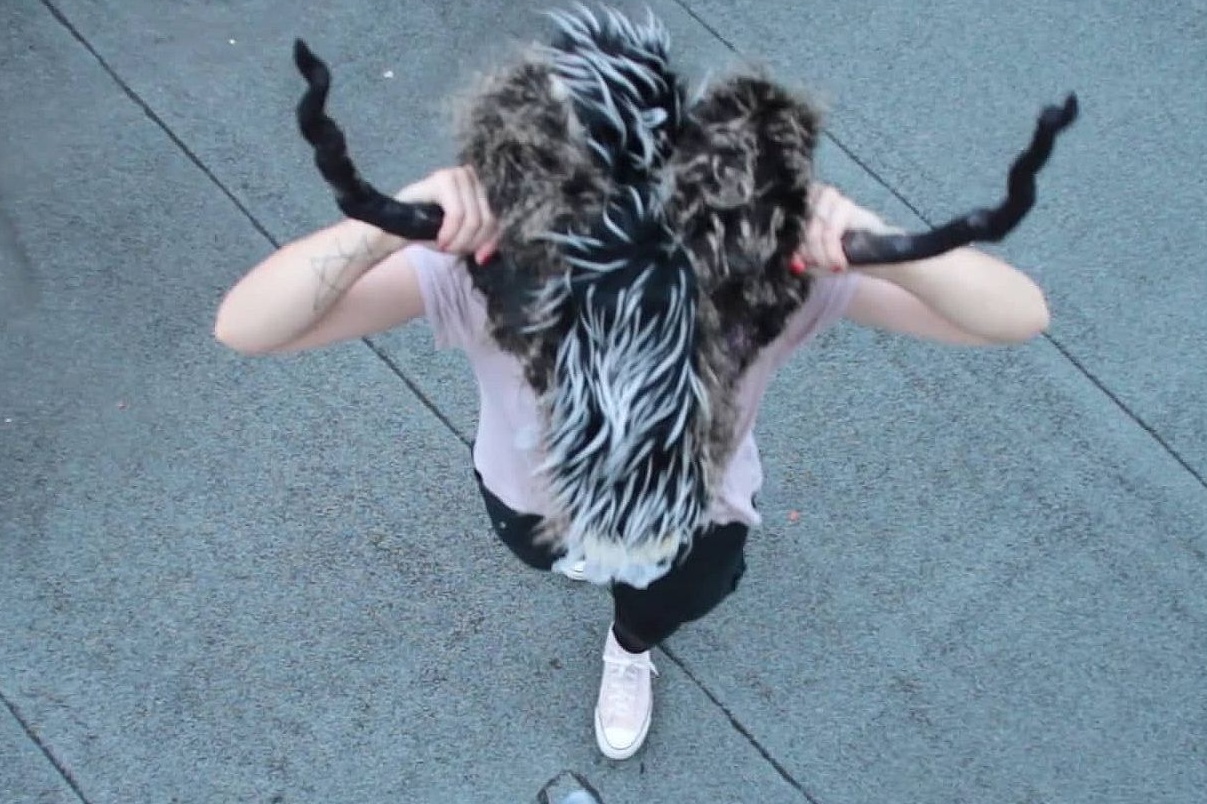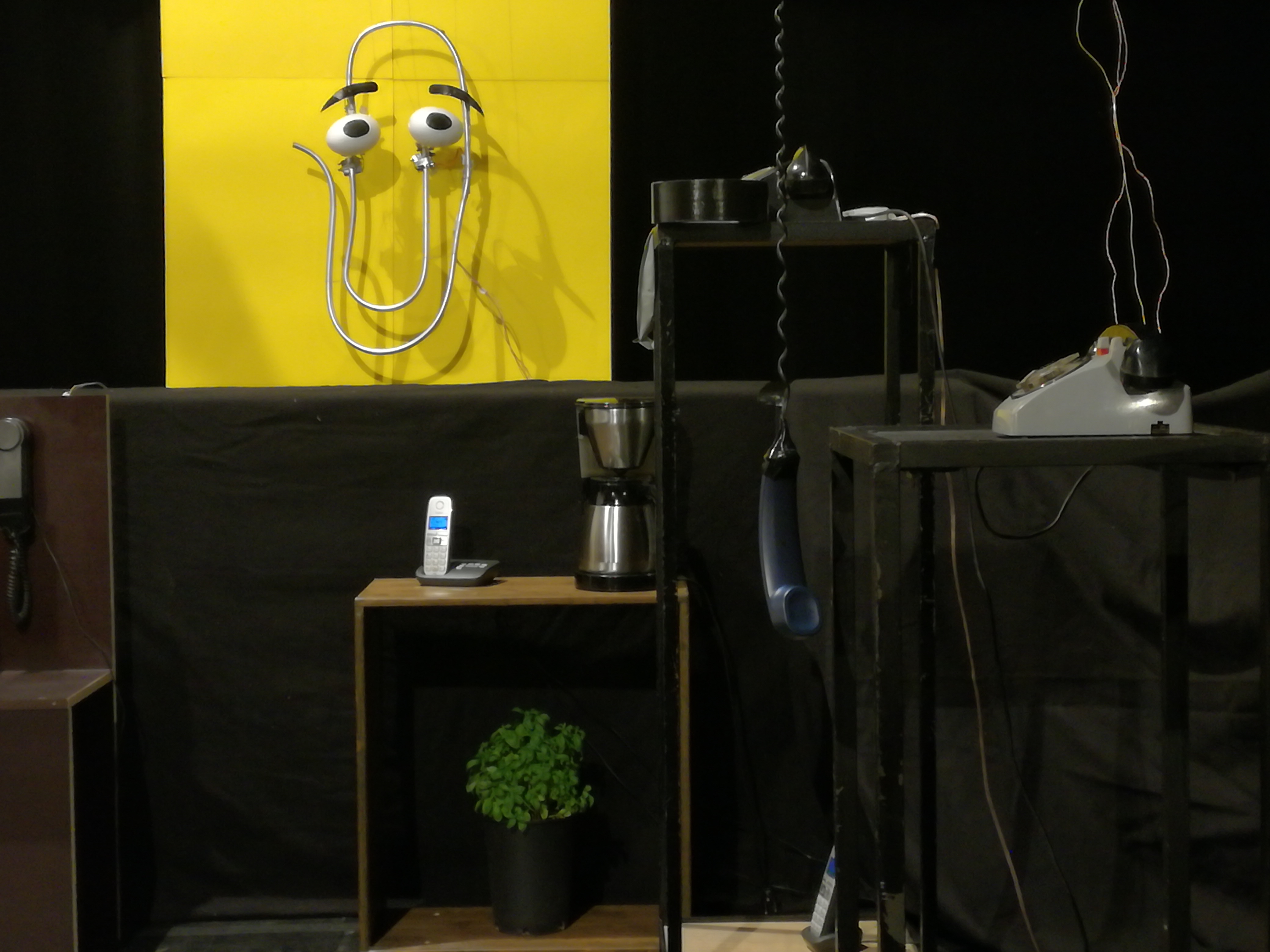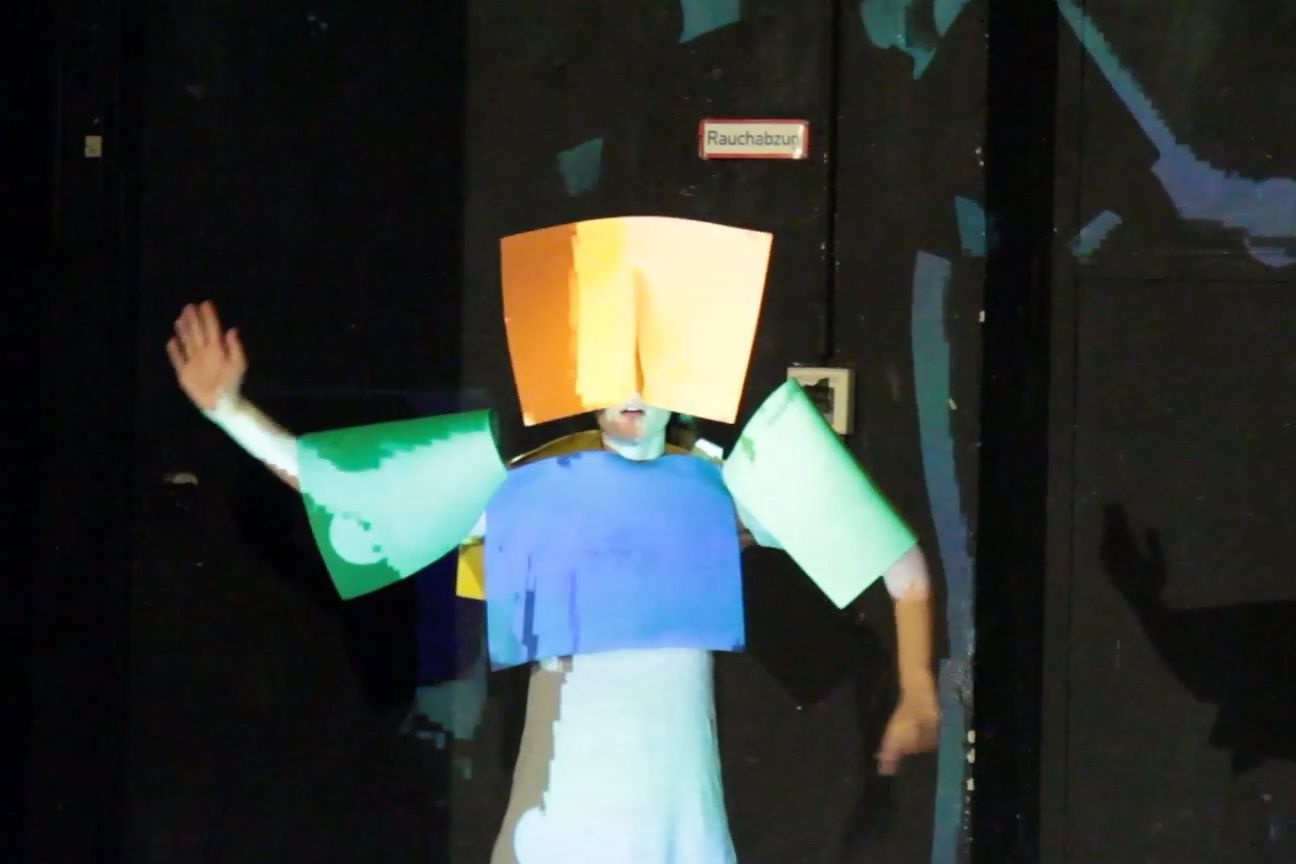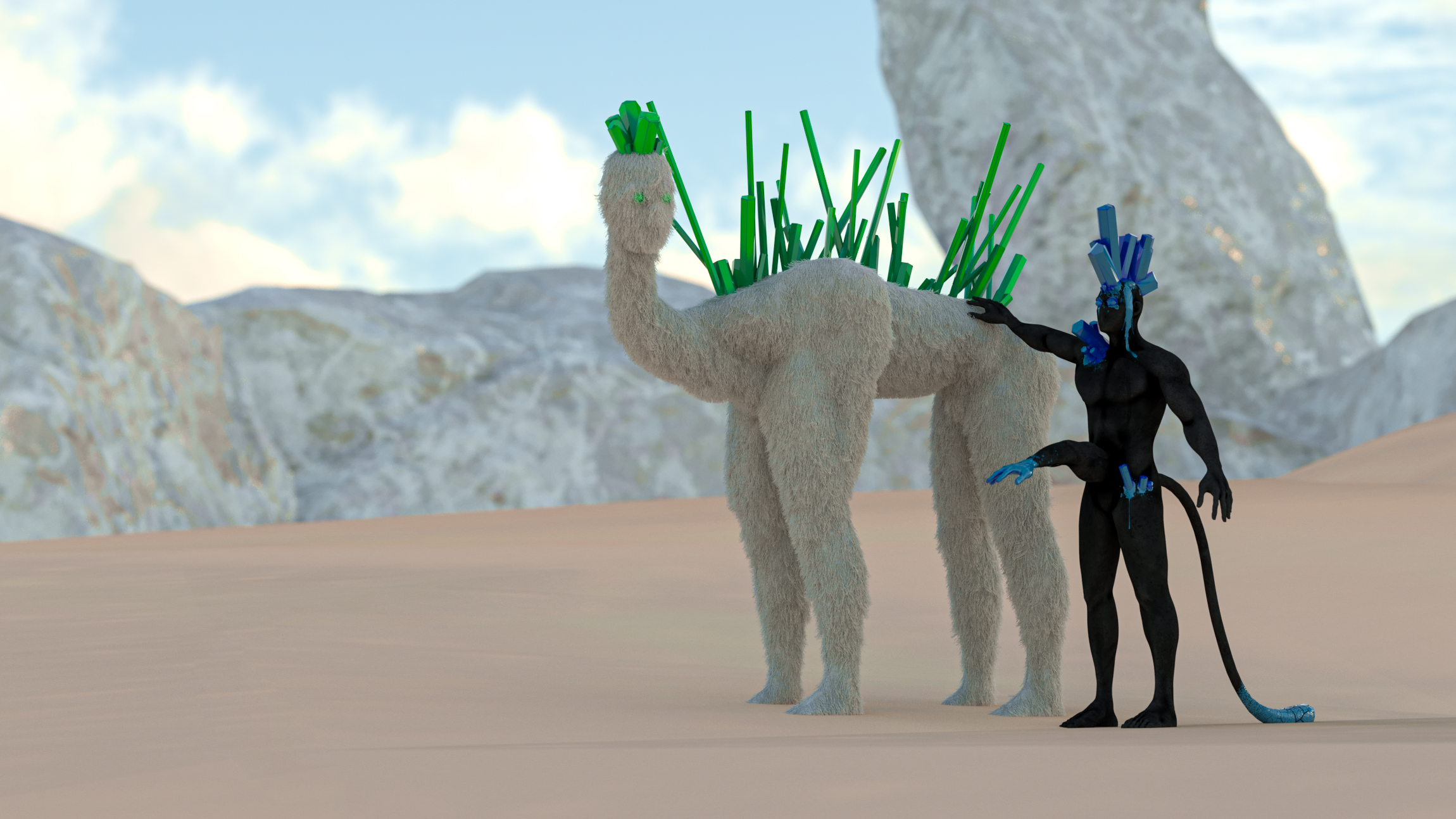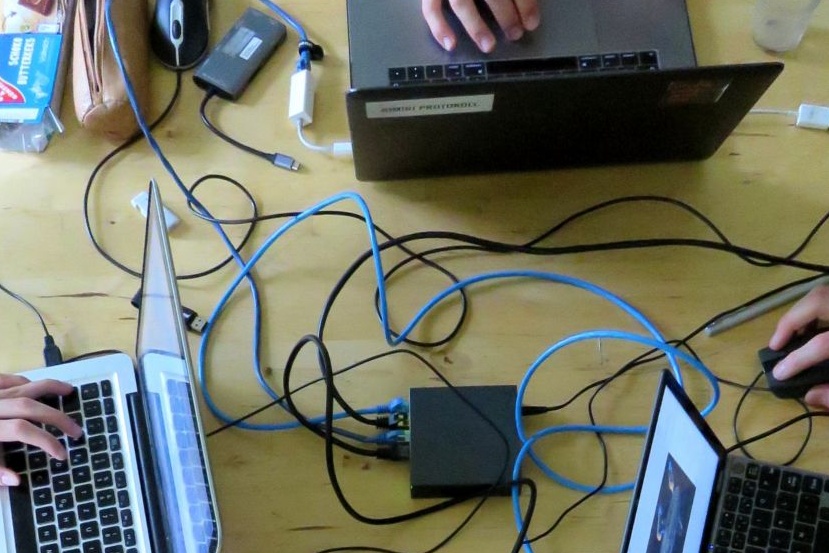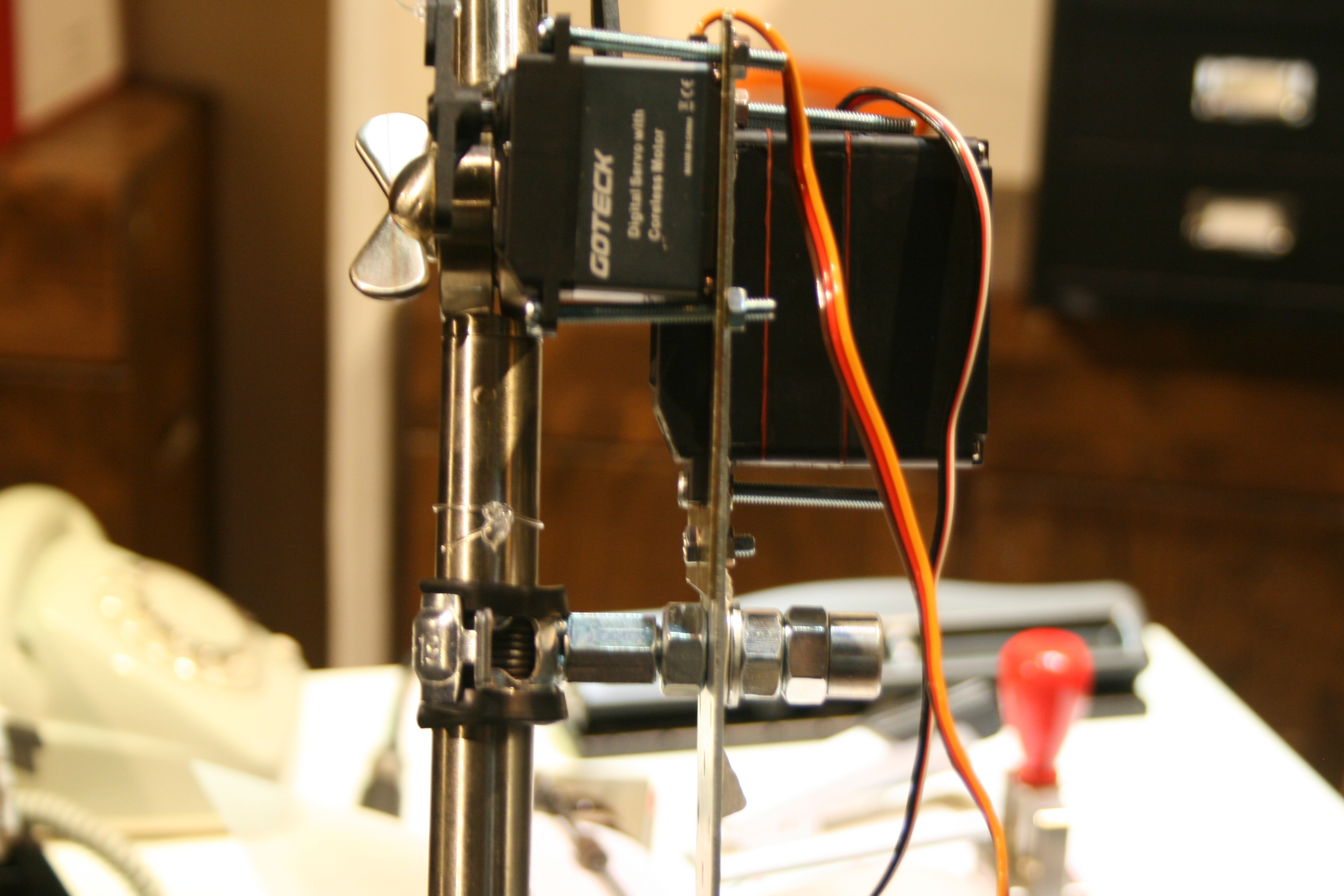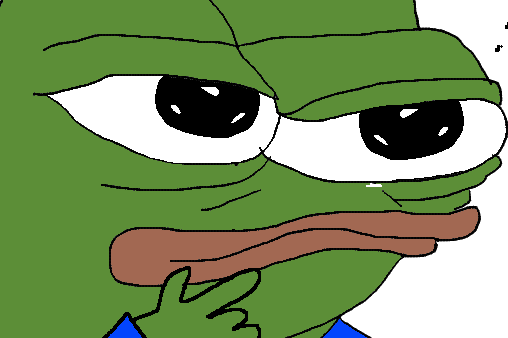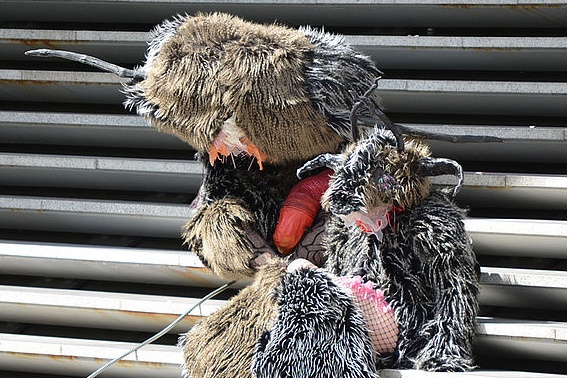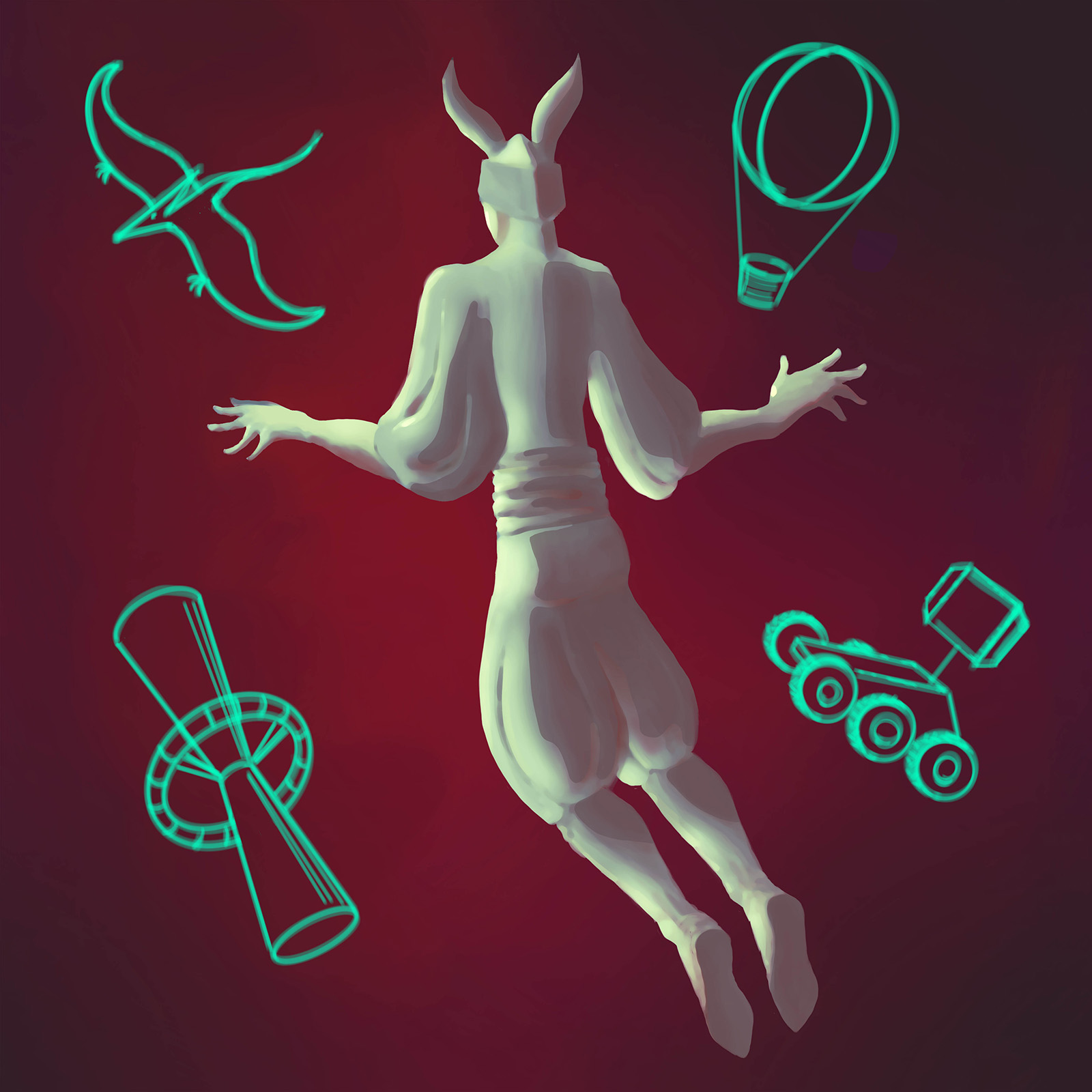Research Residency
Since 2016, Schaubude Berlin has awarded a four-week research residency each summer to study the effects of the digital transformation.
Who?
The programme is aimed at artistic teams of two to four people, at least one of whom must work professionally in the performing arts and have used puppets, figures, objects or animation forms of new media in previous works. The selection is made by a three-member jury.
What?
The residency is intended as a research laboratory for which we provide the framework conditions: Space, technology, mentoring, a guest flat and a group honorarium of 6,500 euros.
How?
The research project does not have to be part of a planned production and does not commit to a premiere. Rather, the aim of the residency is to provide a space for the group to research artistic ideas, try out new forms and develop possibilities for new collaborations.
When?
The residency is announced at the beginning of each year and takes place during the theatre holidays in July/August at the Schaubude.
Unfortunately, no research residency can take place in 2023.


